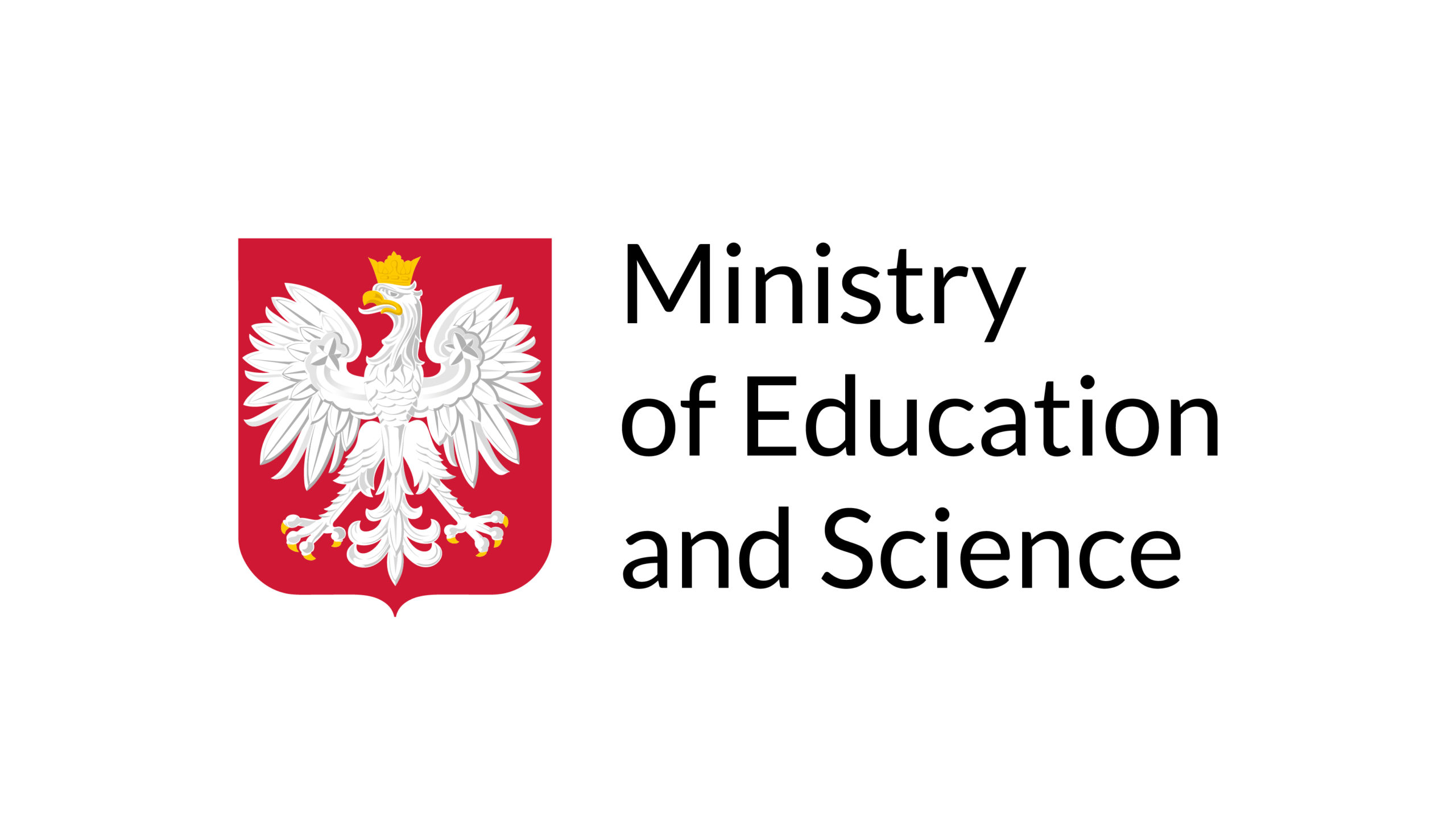| Title: | Methodology for Calculating the European Innovation Scoreboard – Proposition for Modification |
| Author: | Bielińska-Dusza Edyta Hamerska Monika |
| Release date: | 18/02/2021 |
| Knowledge area: | Digitisation of production and management processes |
| Keywords: | Comunity Innovation Survey database EIS European Innovation Scoreboard Eurostat innovation Innovation Union Scoreboard methodology OECD ranking of innovation sustainable development |
| Publisher: | MDPI |
| Journal name: | Sustainability 13 |
| Abstract: | The primary purpose of this article is to identify determinants affecting the Summary Innovation Index and, consequently, the positions of countries on the European Innovation Scoreboard (EIS). Then, based on the identified determinants, these countries are ranked using the linear ordering method. This article presents the concept of innovation as an unwavering subject of interest for researchers from around the world. Issues relating to measuring innovation, which is necessary for the efficient management of an organization, as well as to the study of innovation in individual countries, are discussed. Special attention is drawn to the methodological aspects of constructing the European Innovation Scoreboard (EIS). The identification of determinants affecting the level of the Summary Innovation Index is performed through stepwise regression. This makes it possible to reduce the number of factors utilized in the EIS ranking procedure from 27 to 22. This was the inspiration to apply an innovative approach and use the linear ordering method, in order to show that it is possible to obtain a ranking that is very similar to the EIS ranking with a reduced number of indicators. These results may be significant, both for units developing this type of ranking and for users, such as decision-makers, using the results to make strategic decisions. In our opinion, this innovative approach—that is, using the linear ordering method and a reduced number of indicators—makes it possible to create a more transparent EIS ranking. This article is of theoretical, methodological, and empirical interest. |
| DOI: | https://doi.org/10.3390/su13042199 |
| ISSN/ISBN: |
Record details
/ Contact
PROJECT OFFICE
Małopolska School of Public Administration
Cracow University of Economics
ul. Rakowicka 16, p. 24, 31-510 Kraków
T: (+48) 12 293 75 83
E: biurorid@uek.krakow.pl
Project Office working hours:
Monday – Friday 7.30am-3pm


